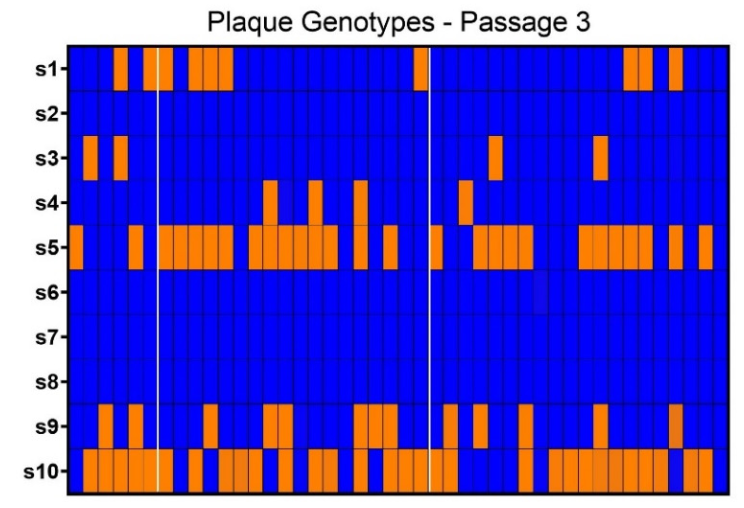Abstract
Abstract
Bunyaviruses (Negarnaviricota: Bunyavirales) are a large and diverse group of viruses that include important human, veterinary, and plant pathogens. The rapid characterization of known and new emerging pathogens depends on the availability of comprehensive reference sequence databases that can be used to match unknowns, infer evolutionary relationships and pathogenic potential, and make response decisions in an evidence-based manner. In this study, we determined the coding-complete genome sequences of 99 bunyaviruses in the Centers for Disease Control and Prevention’s Arbovirus Reference Collection, focusing on orthonairoviruses (family Nairoviridae), orthobunyaviruses (Peribunyaviridae), and phleboviruses (Phenuiviridae) that either completely or partially lacked genome sequences. These viruses had been collected over 66 years from 27 countries from vertebrates and arthropods representing 37 genera. Many of the viruses had been characterized serologically and through experimental infection of animals but were isolated in the pre-sequencing era. We took advantage of our unusually large sample size to systematically evaluate genomic characteristics of these viruses, including reassortment, and co-infection. We corroborated our findings using several independent molecular and virologic approaches, including Sanger sequencing of 197 genome segments, and plaque isolation of viruses from putative co-infected virus stocks. This study contributes to the described genetic diversity of bunyaviruses and will enhance the capacity to characterize emerging human pathogenic bunyaviruses.
